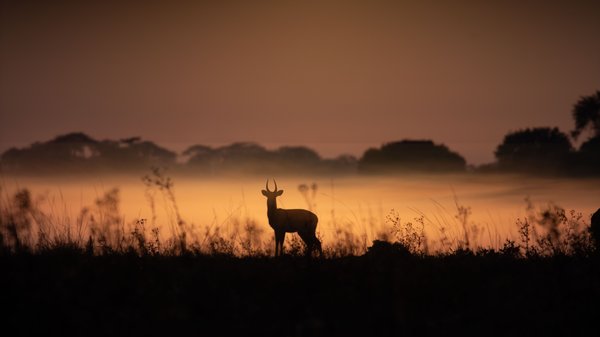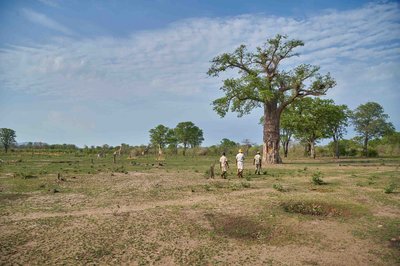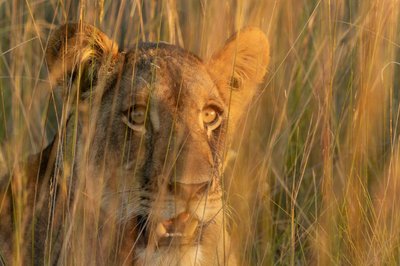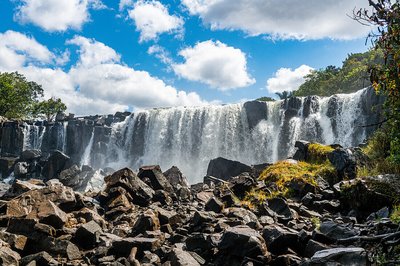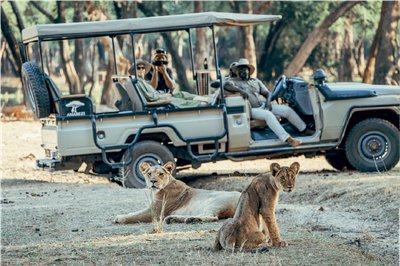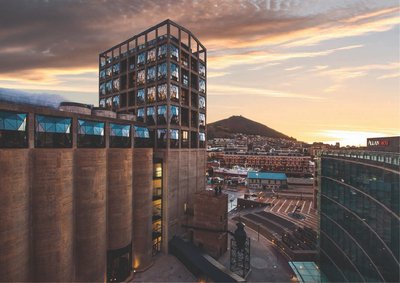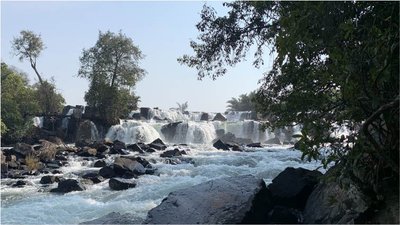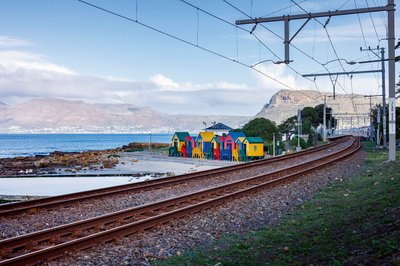Forget everything you think you know about safari. In Zambia's vast Kafue National Park, there are no guarantees, no scripts, and no crowds—just 22,400 square kilometres of untamed wilderness waiting to rewrite your understanding of what a true African adventure should be.
Some skip Kafue for easier, flashier parks. And I get it, those places are easier and come with expectations. Here, there is no script. No guarantee of Big Five in one drive. Instead, real encounters. Perseverance rewarded by sighting wild dogs in midday light; canoeing beside feeding hippos, waking to a plover’s call on your pillow.
This is no casual safari; it’s something more: a pilgrimage. You enter with reverence. You come out with a wholly transformed picture of what the true safari experience is.
In Kafue, you don’t capture moments, you let them capture you. Once the road lifts dust behind you and you return to watch and wake up and do it again, then you know why it whispered your name in the first place.
This is Kafue National Park Zambia’s best-kept secret, one of Africa’s largest protected areas, and a place defined by wild authenticity, offering rare solitude and unmatched biodiversity for those seeking a genuine safari experience. It is also home to the indigenous Ila people.
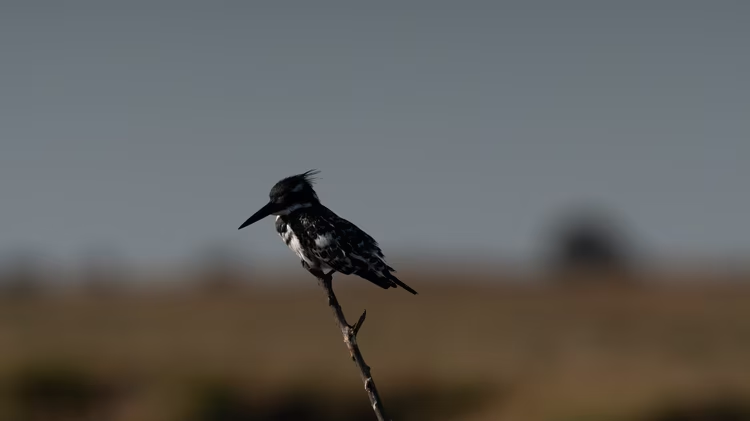
How to Get to Kafue National Park
Distance filters the curious from the committed. Kafue is a bit of a journey, but that’s the point. From Lusaka, it’s about a 5 to 7-hour drive, depending on where in the park you’re headed. The main access is through the Mumbwa or Nalusanga gates, and you’ll want a proper 4×4, especially during the rainy season (November to April), when some tracks turn to thick, black mud. Please, do not be overzealous and use a regular car; this could tarnish the quality of your trip.
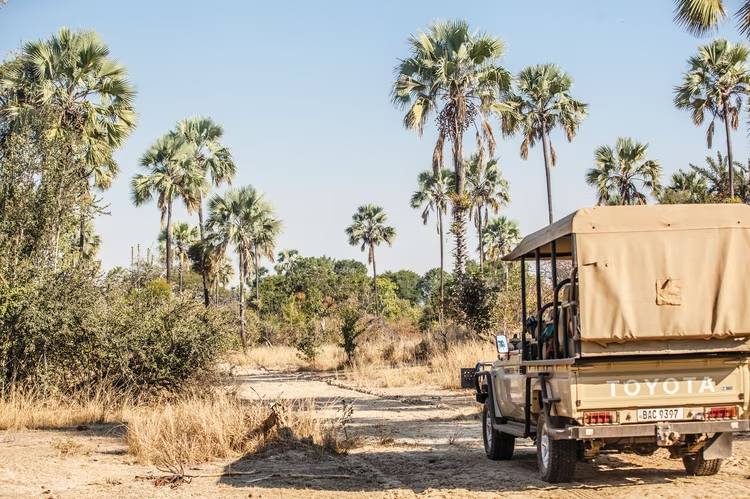
Alternatively, charter flights are available and can drop you right into the heart of the park, ideal if you’re short on time or want to reach the more remote Busanga Plains.
Tip: If you drive, leave early. The journey is long but scenic, and the sun sets early. Ensure your vehicle is fully serviced with spare tyres and other necessary spares. You want to reach your camp before dark, not just for safety, but because the first hour in camp is part of the experience.
Best Time to Visit Kafue National Park
The dry season (June to October) is the best time for a first-timer. Wildlife is concentrated, roads are accessible, and the Busanga Plains are open.
That said, the green season (December to April) has its charm. The landscape transforms; lush, wild, and utterly alive with birds. But be warned: many lodges close during peak rains, and road access can be impossible in parts of the park.
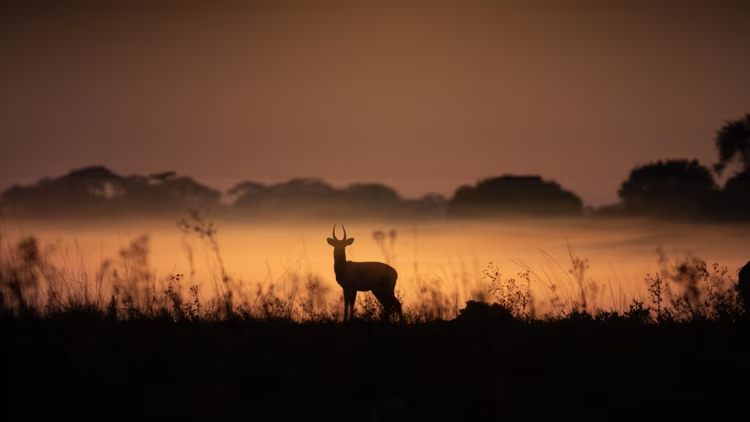
Kafue National Park Wildlife: What to Expect on Safari
Kafue offers no guarantees. It doesn’t rush to impress. It unfolds. You may drive for an hour and see nothing but trees, then suddenly, a herd of sable antelope steps into a clearing. Or a lion stretches lazily from a fig tree branch (yes, they climb here). Elephants pass by your canoe without urgency. Wild dogs trot past camp at dawn. The park moves to its rhythm, and if you match it, you’ll see things most safari-goers never dream of. A real-life National Geographic Experience.
Top Safari Activities in Kafue National Park
Boat and Canoe Adventures
On the Kafue and Lufupa Rivers, boat safaris offer a tranquil, up-close look at aquatic life: hippos, crocs, otters, and more. In the southern sector, Kaingu Lodge offers canoe trips that slip through quiet channels and sandbanks, often ending in a sunset beach braai.
Walking Safaris in Kafue National Park
With seasoned guides, you can explore on foot, tracking wildlife, studying spoor, learning which plants sting and which heal. It’s slower. More intimate. More alive.
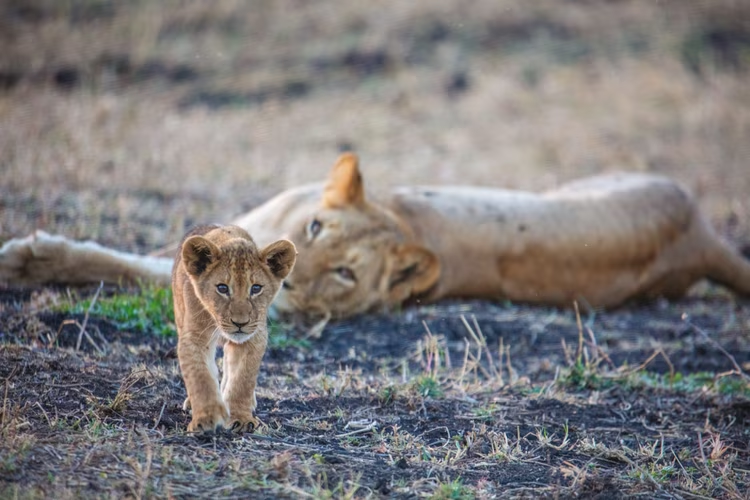
Kafue National Park Birding
Kafue is home to over 500 species, making it a dream destination for ornithologists and birding enthusiasts. You’ll find everything from Pel’s fishing owls to wattled cranes, African finfoots, and the endemic Chaplin’s barbet. Bring your binoculars and patience.
Where to Stay in Kafue National Park
You can’t experience Kafue in a day, so choosing where to stay becomes part of your story.
- Shumba Camp (Busanga Plains) – Elevated luxury with sweeping predator views.
- Musekese Camp (central) – Intimate, no-frills immersion into wild Zambia and has the best guiding in the park.
- Kaingu Lodge (southern Kafue) – Ideal for river activities, family stays, and community-based experiences.
- Ila Safari Lodge (eastern sector) – Eco-luxury on the banks of the Kafue, solar-powered and stylish.
- Nanzhila Plains Camp (southern frontier) – Remote, private, perfect for serious safari buffs.
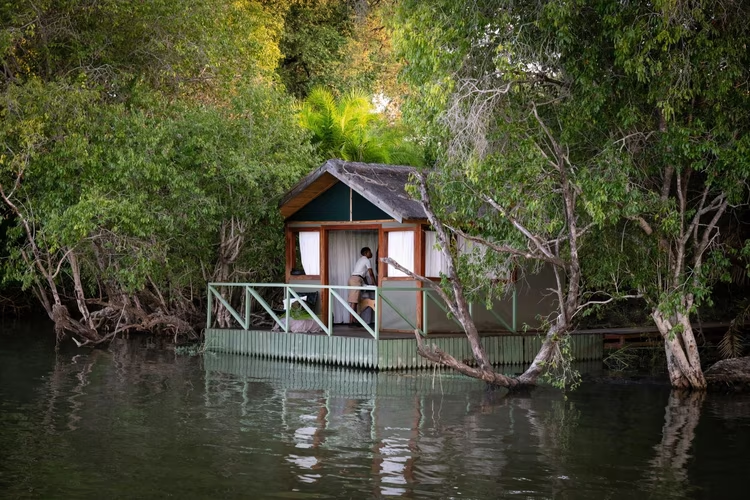
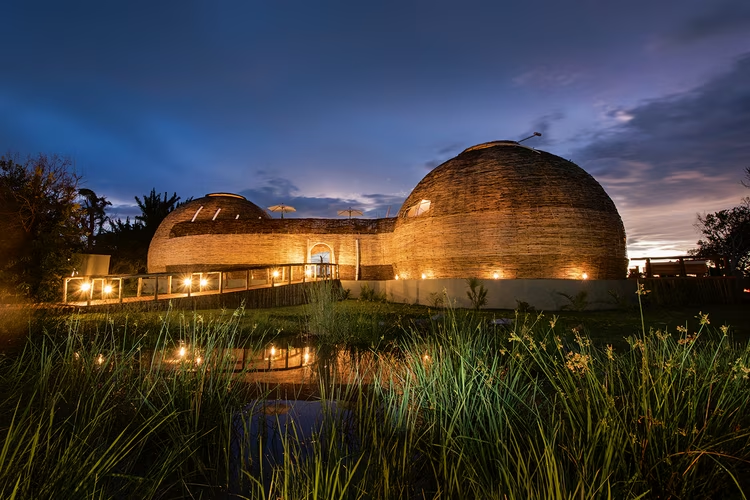
Local Culture and History of Kafue National Park
While Kafue National Park’s human footprint is small, its cultural past runs deep. Before packing your bags, discover the people who shaped the park:
There’s also the story of Kitapo, a local river spirit said to guard the deep waters. You might not hear her, but you’ll feel something when the wind shifts across the surface. These aren’t legends told for show; they’re beliefs that live quietly, like the park itself. Never leave this park without engaging with some locals; you will be surprised by the stories that linger in the park.
Kafue National Park Packing List
- Light, neutral clothes
- Sturdy walking shoes
- Hat & high-SPF sunscreen
- Insect repellent
- Binoculars + camera
- An open heart
Why Choose Kafue National Park for Your African Safari?
Finally, after all the planning, comes the real question: why choose Kafue? Because it changes you. This isn’t a park that poses for your camera. It doesn’t compete. It invites. It listens. And if you stay long enough, it begins to reveal.
It’s not for everyone. But if you’re the kind of traveller who wants stillness with meaning, wilderness without filters, and stories written in hoofprints and birdcalls, then Kafue is waiting for you.
